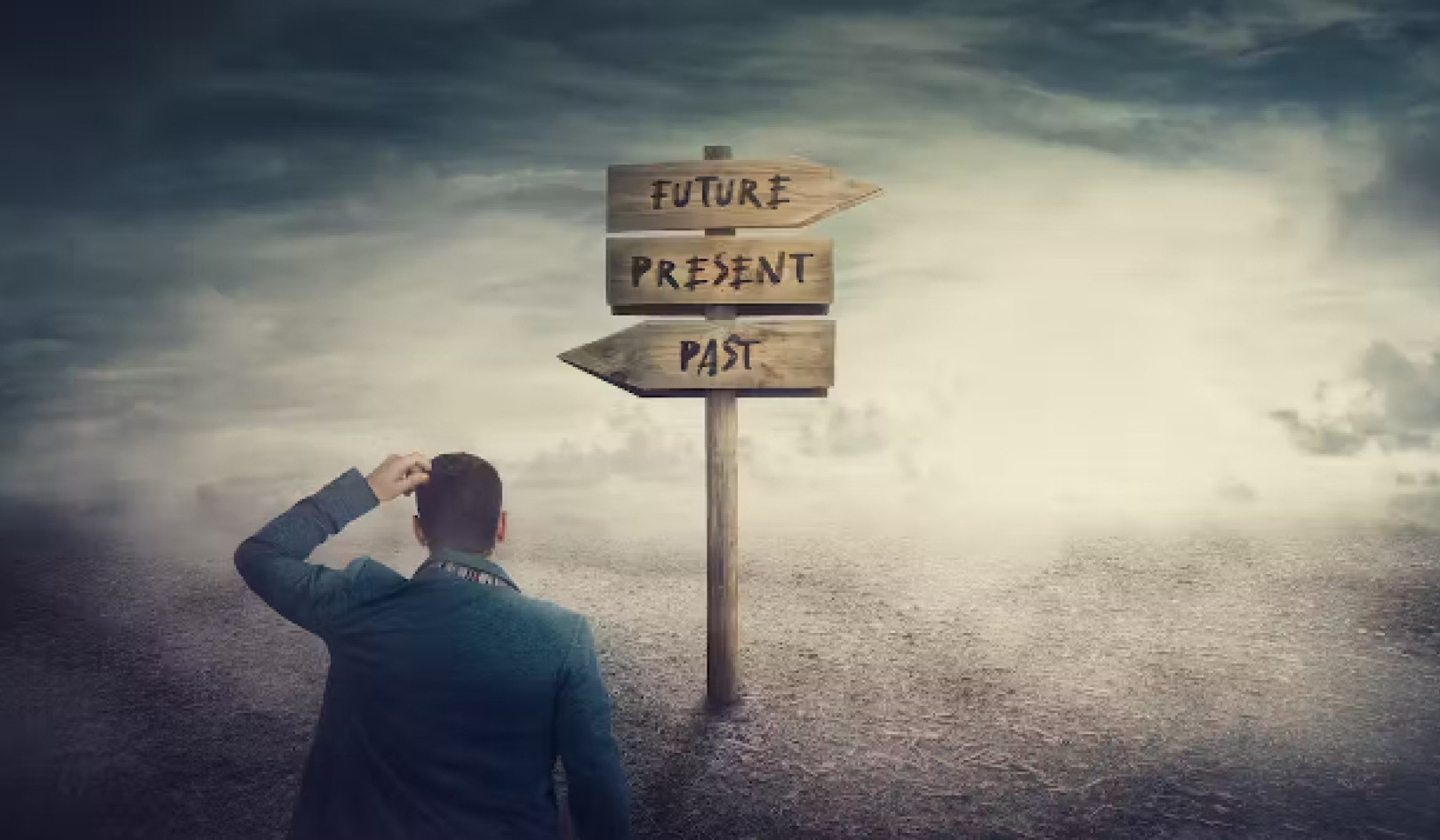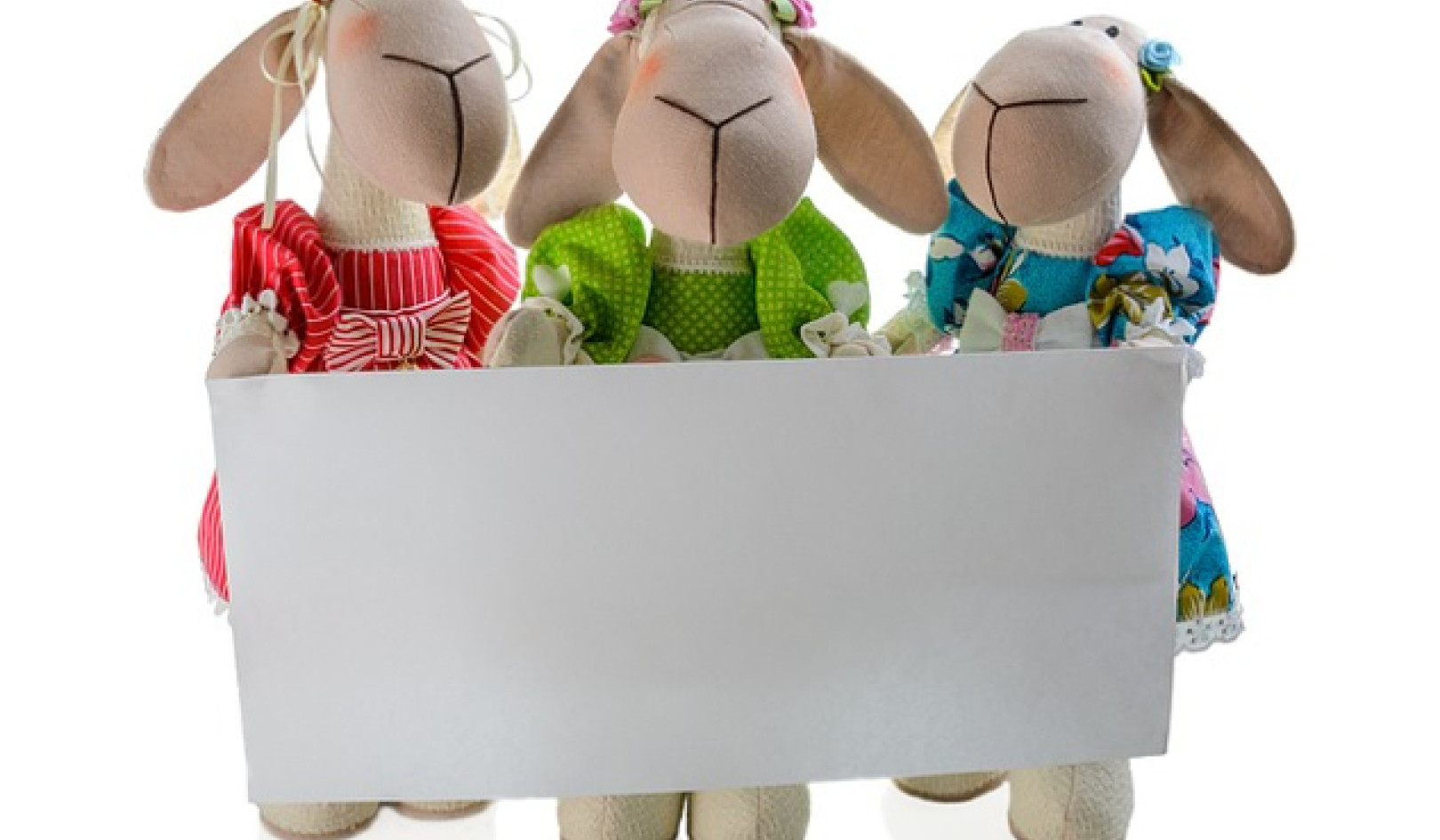
#1: Fewer ‘I dos’
There’s no doubt: Fewer people are making a commitment to marriage.
Barely “more than half of adults in the U.S. say they’re living with a spouse,” writes Jay Zagorsky, an economist at The Ohio State University. “It is the lowest share on record, and down from 70 percent in 1967.”
What’s behind the trend?
“Some blame widening U.S. income and wealth inequality,” Zagorsky writes. “Others point the finger at the fall in religious adherence or cite the increase in education and income of women, making women choosier about whom to marry. Still others focus on rising student debt and rising housing costs, forcing people to put off marriage. Finally some believe marriage is simply an old, outdated tradition that is no longer necessary.”
However, Zagorsky writes, none of these factors alone can explain the trend.
#2: Delayed adolescence
It could be that marriage rates are down because America’s youth is suffering from a Peter Pan syndrome?
Today’s teens are in no hurry to grow up, according to Jean Twenge, a professor of psychology of San Diego State University.
“The teen pregnancy rate has reached an all-time low,” Twenge writes. “Fewer teens are drinking alcohol, having sex or working part-time jobs. And as I found in a newly released analysis of seven large surveys, teens are also now less likely to drive, date or go out without their parents than their counterparts 10 or 20 years ago.”
“‘Adulting’ – which refers to young adults performing adult responsibilities as if this were remarkable – has now entered the lexicon,” Twenge writes. “The entire developmental path from infancy to full adulthood has slowed.”
This slowed path could also mean a delay in walking down the aisle.
#3: No matchmaking skills
This downward trend in marriage is worth our attention because “stable, satisfying marriages promote physical and mental health for adults and their children,” according to psychology professors Justin Lavner, Benjamin Karney and Thomas Bradbury.
What’s more, they explain, the abandonment of marriage is more pronounced among low-income Americans – prompting the government to try to turn things around.
The professors explain that relationship education programs are the cornerstone of government efforts to strengthen low-income Americans’ relationships and encourage them to get, or stay, married.
By interviewing low-income couples in Los Angeles, the professors concluded that communication may not be the main driver of relationship satisfaction for these couples.
They asked the couples themselves about the biggest sources of disagreement in their marriages. Their responses? Money management, household chores, leisure time, in-laws and children.
#4: Pity the bare branches
The downward trend in marriage is not limited to the United States.
“The United Nations gathered data for roughly 100 countries, showing how marriage rates changed from 1970 to 2005,” Zagorsky notes. “Marriage rates fell in four-fifths of them.”
“Australia’s marriage rate, for example, fell from 9.3 marriages per 1,000 people in 1970 to 5.6 in 2005. Egypt’s declined from 9.3 to 7.2. In Poland, it dropped from 8.6 to 6.5.
"The drop occurred in all types of countries, poor and rich.”
Xuan Li, an assistant professor of psychology at NYU Shanghai introduced The Conversation readers to China’s involuntary bachelors.
Those “who fail to add fruit to their family tree are often referred to as "bare branches,” or guanggun,“ Li writes. "And the Chinese state has recently started to worry about the dire demographic trend posed by the growing number of bare branches.”
![]() According to the 2010 national census data, “82.44 percent of Chinese men between 20 and 29 years of age have never been married, which is 15 percent more than women of the same age.”
According to the 2010 national census data, “82.44 percent of Chinese men between 20 and 29 years of age have never been married, which is 15 percent more than women of the same age.”
About The Author
Emily Costello, Senior Editor, Politics + Society, The Conversation
This article was originally published on The Conversation. Read the original article.
Related Books:
at InnerSelf Market and Amazon
























